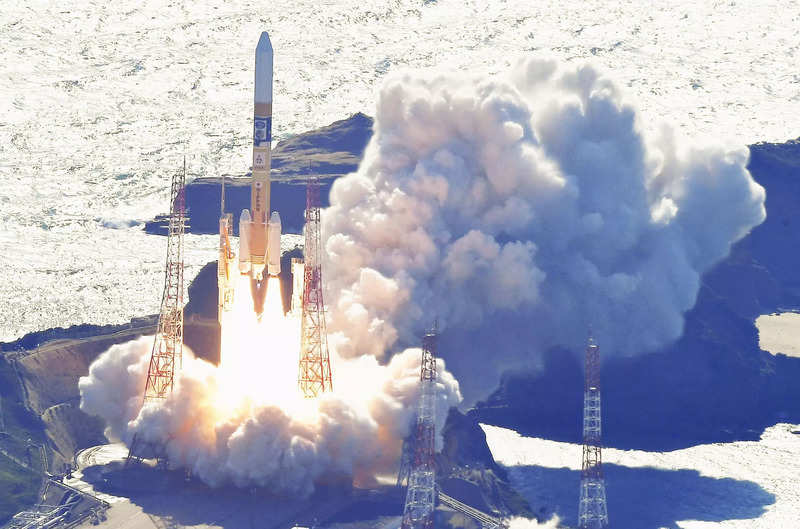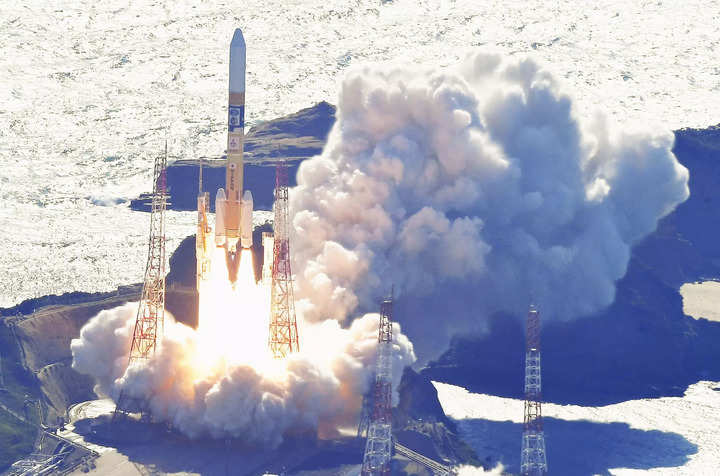

H-IIA rocket carrying the national space agency’s moon lander is launched at Tanegashima Space Center on the southwestern island of Tanegashima, Japan in this photo taken by Kyodo on September 7, 2023. Mandatory credit Kyodo/via REUTERS
Japan has launched the X-ray Imaging and Spectroscopy Mission (XRISM) and the Smart Lander for Investigating Moon (SLIM) in a bid to become the world’s fifth country to land on the moon early next year. The lunar exploration spacecraft was launched aboard a homegrown H-IIA rocket.
Japan Aerospace Exploration Agency (JAXA) said the rocket took off from Tanegashima Space Center in southern Japan. XRISM was successfully separated from the launch vehicle at about 14 minutes and 9 seconds after launch. SLIM, dubbed the “moon sniper”, separated at about 47 minutes and 33 seconds after launch.
The mission was postponed thrice owing to unfavourable weather.
Mission objectives
Japan aims to land SLIM within 100 metres of its target site on the lunar surface. The $100-million mission is expected to start the landing by February after a long, fuel-efficient approach trajectory.
“The big objective of SLIM is to prove the high-accuracy landing … to achieve ‘landing where we want’ on the lunar surface, rather than ‘landing where we can’,” said JAXA President Hiroshi Yamakawa.
Japan’s failed missions
Two earlier lunar landing attempts by Japan failed in the last year. JAXA lost contact with the OMOTENASHI lander and scrapped an attempted landing in November. The Hakuto-R Mission 1 lander crashed in April as it attempted to descend to the lunar surface.
SLIM is set to touch down on the near side of the moon close to Mare Nectaris. The area, when viewed from Earth, appears as a dark spot.
The craft will analyse the composition of olivine rocks near the sites in search of clues about the origin of the moon.
Additionally, XRISM satellite, a joint project of JAXA, NASA and the European Space Agency, aims to observe plasma winds flowing through the universe that scientists see as key to helping understand the evolution of stars and galaxies.
The launch comes two weeks after India became the fourth nation, after the US, China and erstwhile USSR, to land a spacecraft on the lunar surface and first country to land near the south pole of the Moon.
Around the same time, Russia’s Luna-25 lander crashed in a soft landing attempt on the moon.
FacebookTwitterLinkedin
end of article